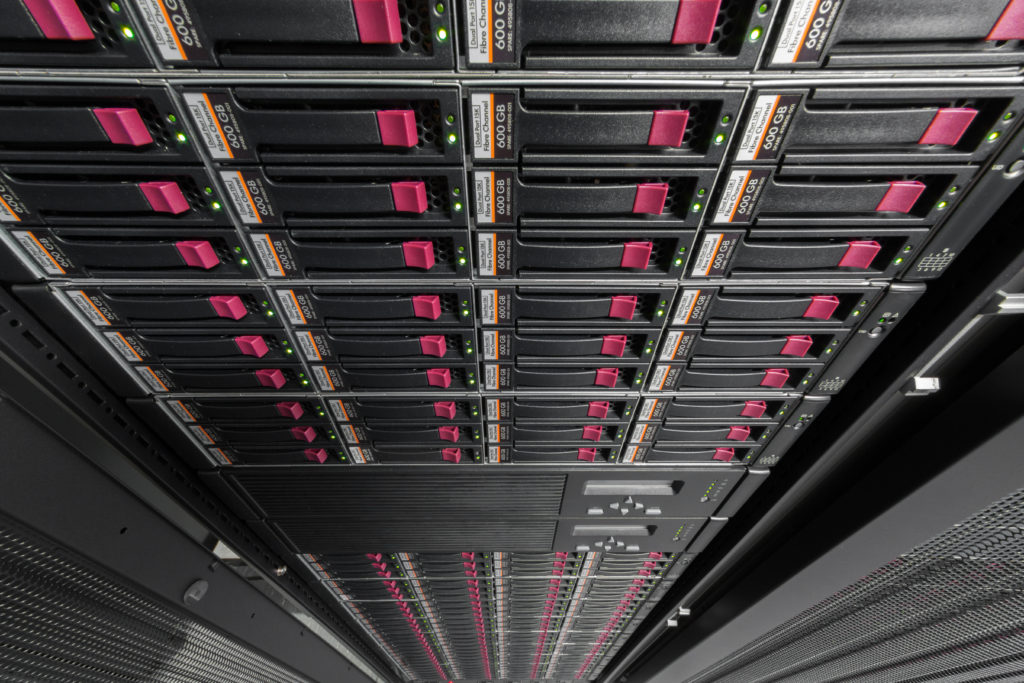This post is also available in: Deutsch
The world’s data volume grew to about 5 exabytes in 2002. An exabyte is a quintillion bytes. By comparison: you would have to digitize all 17 million books in the Library of Congress located in the US capital of Washington 37,000 times to come up with this volume.
What do you do with huge mountains of data?
The world’s volume of data is estimated to reach 40,000 exabytes by the year 2020. That is Big Data. But what can we do with these unimaginable amounts of data? Is the data really of value? And how can it be analyzed in a strategic manner?
Companies are increasingly interested in qualitative analysis of data. This allows them to gain new insights into customers and their buying habits, make production slimmer and predict how new products can best penetrate a market. According to a current study, around half of all companies hope to be able to use Big Data to increase their profitability.
Some EU countries lose up to 1.6 percent of their gross domestic product because of cyber-attacks.
Also, energy consumption can be controlled more intelligently by using the right data and skilled employees can be found more systematically through data-based web analyses. Storing data on stock doesn’t make sense economically with huge amounts of data, which at the same time are increasing ever more rapidly. For this reason, oftentimes only metadata is stored, or evaluation begins immediately when the data is generated.
Ensuring long term security
In August 2016, criminals stole around 40 million euros from the German automotive supplier Leonie Group. The biggest case of data theft of all time became known just one month later: As early as 2014, the US Internet company Yahoo had information from half a billion users stolen.
There are now countless ways to commit cybercrime. According to estimates, some EU countries lose up to 1.6 percent of their gross domestic product because of cyber-attacks. In Germany, the losses are estimated to be up to 20 million euros per company per year. Cybersecurity is therefore one of the most important issues for companies and society. But how can we guarantee security?

This is easy for the individual user to do: simply change your passwords every month, encrypt important data separately, never transfer sensitive data and perform regular backups, i.e. save data. It’s even more important to install updates on a regular basis.
This also applies for companies. They can change the codes in their sensors, update their programs, renew encryption – all of this helps to ensure high and above all lasting security. But it requires long-term planning with a comprehensive infrastructure and seamless processes. Experts agree that 95 percent of all cyber attacks would suddenly be rendered ineffective if all of the systems were always kept up-to-date.
Volkswagen has even founded its own subsidiary called Cymotive to defend against digital attacks on increasingly networked automobiles.
The intelligent product of tomorrow
A hose clamp reports whether it was installed correctly in the fuselage of an aircraft, when its next maintenance is due, or if it is being subjected to too much stress. This can be ensured by placing the most sensitive sensors inside and on the joining product. We might see this happen in the future.
Within the Internet of Things, all objects are connected as in a global network and communicate with each other. In this way, the requirements of the real world can be linked with the information in the virtual world more closely.
The goal should be to create new and cross-company value chains. The important thing is to see the big picture.
The idea originally came from logistics. In the future, networking will create a system that is completely self-controlled, yet guarantees that all deliveries arrive on time worldwide. With a container that already knows where it is being sent to or a product that knows its own manufacturing process, for example.
This will become the smart factory of the future as a component of industry 4.0. The technology itself, in other words the machines and robots, can only be considered individual measures. Our goal should be to create new and cross-company value chains. The important thing for us is to see the big picture. Then we’ll be prepared to face the future.




